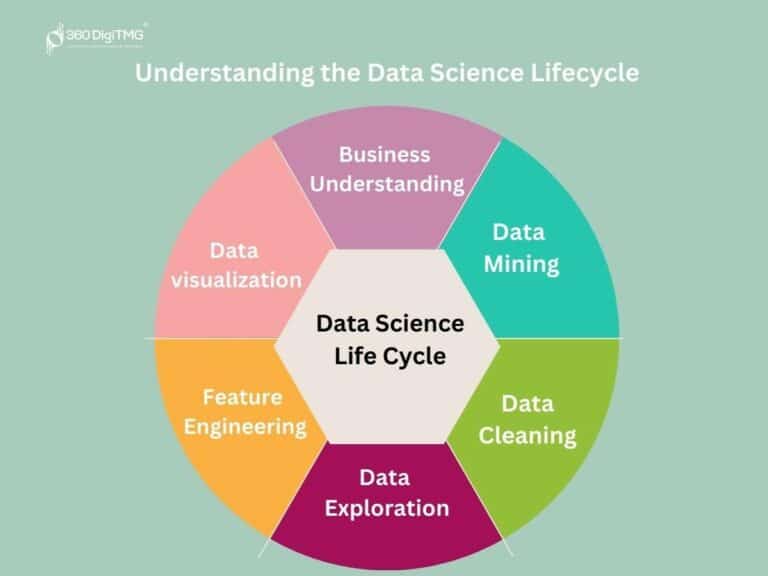With hyperconverged infrastructure, you can reap the advantages of a public cloud while maintaining traditional infrastructure control and security.
Scalability and flexibility are necessary for the incorporation of next-generation technologies, such as the Internet of Things (IoT), machine learning (ML), artificial intelligence (AI), big data, etc., to expand businesses. Limited virtual computing choices, such as the pricey private or risky public cloud, cannot, however, be relied upon to speed up innovation and growth.
Your competitors will launch their products or begin rolling out services before you. Thus, you will need assistance configuring your networks, servers, and storage to function in combination with virtual computing.
Here comes hyperconvergence for digital firms that must host enterprise apps in the cloud without managing minimal IT infrastructure, such as separate storage, servers, networks, etc.
What Exactly Is a Hyperconverged Infrastructure?
A hyperconverged infrastructure, also known as a hyperconvergence infrastructure, is an IT framework that integrates storage, networking, and computing into a single system to simplify operations and minimize data center complexity.
How Does it Work?
All components of the conventional hardware stack, including storage, computing, networking, and the hypervisor, are virtualized by hyper converged software-defined infrastructure, which is centralized and handled by a single piece of software. An SDN component and a hypervisor for virtualized computing make up a typical HCI system.
These resources are gathered into pools that can be constantly balanced and distributed in order to provide a virtual machine with the capacity, performance, and security it needs to execute business applications.
How Significant Is Hyperconvergence?
Every business face computing challenge that must be overcome, but there is rarely a single solution that applies to all businesses or all issues, leading to the evolution of heterogeneous data centers. The promise of heterogeneity allows an organization to select between inexpensive and best-of-breed product solutions, as well as everything in between, while generally preventing vendor lock-in in the data center.
But heterogeneity comes with a cost. It takes time and effort to build a diverse data center infrastructure. Hardware and software should be bought separately, configured, integrated, and optimized, if possible, after which they must be managed using tools that are frequently specific to a vendor’s own offerings.
As a result, IT workers must learn and maintain skills in a variety of tools in order to manage a diversified infrastructure. When the infrastructure needs to be altered or scaled up, this adds extra time and integration difficulties. Simply put, traditional heterogeneous IT isn’t very agile.
Business changes now happen much more quickly. In order to keep company applications running and secure, IT must react to business demands much more quickly, provisioning new resources on-demand for rising workloads and frequently adding resources just in time.
At the same time, IT should also eliminate systems management mistakes and oversights that could expose critical systems to risk. And all of this must be done with decreasing IT staff and funding. The key to hyper-converged infrastructure is deployment agility and speed.
What Advantages Can a Hyperconverged Infrastructure Offer?
You can manage challenging infrastructure with ease using hyperconverged systems in a hyperconverged environment. You can also improve virtualized workloads, decrease complexity, boost operational effectiveness, and cut costs. The dependability, performance, availability, and capacity required for virtualized workloads are provided by hyperconvergence, which also reduces the total cost of ownership (TCO) and future-proofs IT infrastructure.
Hyper-Converged infrastructure:
- Provides a single interface that allows for the centralized control of virtual environments.
- Protection of data, recovery from disasters, and resilience.
- Consists of cutting-edge data services that maximize data efficiency.
- Offers simplified administration, deployment, acquisition, and support.
What Distinguishes a Hyperconverged Infrastructure from a Converged Infrastructure?
Both converged, and hyper converged infrastructures integrate the critical elements of the data center—storage, computation, and networking—into a more straightforward management environment. Converged solutions rely on hardware, but hyperconverged systems achieve this through software and are, therefore, hardware neutral.
In a converged infrastructure, every part is discrete and may be utilized for its intended purpose. For example, a server can be separated and used as a server, and a storage unit can be detached and employed as functional storage, which is a significant distinction between these two technologies. In a hyperconverged infrastructure, all the parts are tightly interconnected and cannot be divided into distinct portions because the architecture is software-defined.
Another key difference is how each manages storage. A converged architecture has the storage physically connected to the servers. The storage controller function is run as a service on each cluster node in a hyperconverged infrastructure, which increases scalability and reliability. To ensure high performance for applications, flash storage is typically used.
How Is a Hyperconverged Infrastructure Used?
HCI has numerous applications, such as:
Data center consolidation/mixed workloads
Data consolidation with HCI is the best option for customers who desire a smaller data center footprint, a lower TCO, and a break from never-ending update and refresh cycles. It streamlines data center consolidation plans and lowers the cost and extent of ongoing operations with a single integrated solution.
Edge
Applications and data are expanding at multi-site remote locations, necessitating a streamlined administration and security experience. Because it offers the organization the functionalities required to run what is basically a small data center in a compact, all-in-one system, HCI is the ideal answer for these contexts.
Business-critical applications
Compared to traditional infrastructure, HCI makes business-critical applications run faster and easier to administer. HCI is ideally suited for the applications that are essential to running your business thanks to its rapid performance, excellent data efficiency, and simple scaling.
Virtual Desktop Infrastructure (VDI)
The assumption is that virtual desktops will function equally well as physical computers when an organization switches from physical to virtual desktops. Ultra-fast application provisioning and predictable performance during peak demand are two essential features that VDI implementations must provide.
The beautiful thing about a top-notch HCI solution is that it can offer more desktops on less hardware, support for high-performance graphics, security of data and resiliency, easy management, and scalability in addition to delivering these features.
Containers
The next standard for application development is containers and microservices, especially for the new breed of cloud-native applications. For these new application development architectures to deliver the simplicity, speed, and insights required to fuel transformation, a modernized infrastructure strategy like HCI is required.












